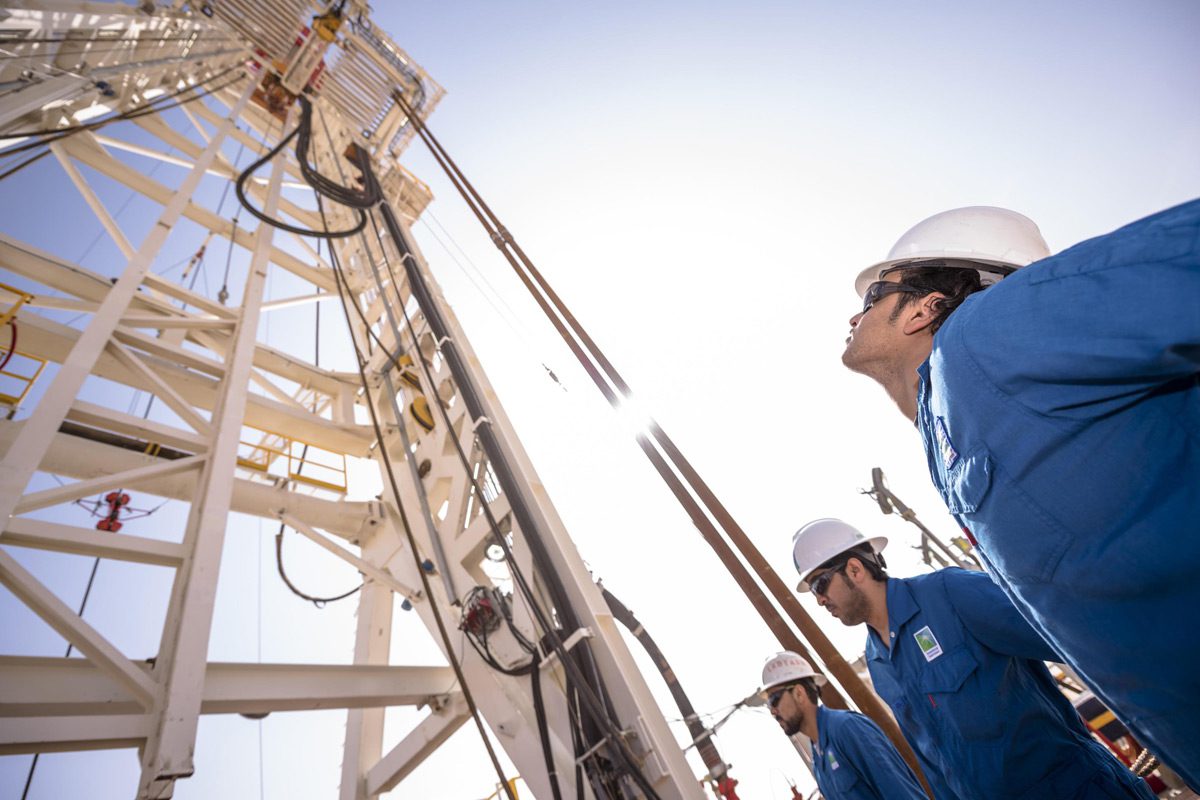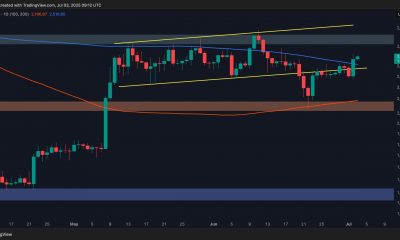Commodities
Oil futures prices slowed after Saudi Aramco’s decision to sell prices

World oil prices were slowing down on Thursday evening, trading data showed. How will this affect crude oil prices in history? Markets are reacting to Saudi Arabia’s Saudi Aramco, the state-owned oil and gas company, cutting February crude oil selling prices for Asia and Europe.
World oil prices – what’s happening in the oil market right now?
Brent oil futures prices for March rose 0.49% to $78.22 a barrel, while February WTI futures rose 0.26% to $73.03. Earlier on Thursday, oil prices were up 2-3%.
Investors pay attention to the fact that Saudi Aramco reduced February’s selling prices of oil for Asia and Europe. In particular, the price of Arab Light oil was cut by $1.45 for Asian buyers, while Extra Light was cut by $2.9. Super Light by $2.4, Medium by $1 and Heavy also by $1. For Europe, prices were down $1.4 for the Light grade; $1.8 for Extra Light, $1 for Medium, and also $1 for Heavy.
Also, on Thursday, the U.S. Labor Department released data on initial jobless claims in the country for the week through December 31. The index unexpectedly dropped to 204,000 from a revised level of 223,000 the previous week. Analysts polled by DailyFX expected the figure to remain at the initial level of the previous week – 225,000 applications.
Traders also paid attention to the data of Automatic Data Processing (ADP), an analytical company, which showed that the number of private companies’ jobs in the USA grew by 235,000 in December. Analysts were expecting growth of only 150,000.
Positive statistics from the US support the US currency quotes. The US dollar index (exchange rate against a basket of currencies of the six trading partners of the US) is rising by 0.7%, to 104.98 points. A stronger dollar reduces demand for commodities, including oil, which makes them less available for purchase in other currencies.
On top of that, traders are expecting the release of U.S. oil stockpile statistics on Thursday. Analysts polled by DailyFX believe commercial inventories (excluding strategic reserves) rose 1.2 million barrels to 420.2 million for the week ended December 30.
Earlier, we reported that Saudi Aramco cut crude oil prices today for Asia and Europe, media reported.
Commodities
Oil prices rise; U.S. crude inventories plunge, Russia-Ukraine truce eyed
Commodities
India’s Reliance to stop buying Venezuelan oil over US tariffs, sources say
Commodities
Oil prices climb on Venezuela supply worries

 Forex3 years ago
Forex3 years agoForex Today: the dollar is gaining strength amid gloomy sentiment at the start of the Fed’s week

 Forex3 years ago
Forex3 years agoUnbiased review of Pocket Option broker

 Forex3 years ago
Forex3 years agoDollar to pound sterling exchange rate today: Pound plummeted to its lowest since 1985

 Forex3 years ago
Forex3 years agoHow is the Australian dollar doing today?

 Cryptocurrency3 years ago
Cryptocurrency3 years agoWhat happened in the crypto market – current events today

 World3 years ago
World3 years agoWhy are modern video games an art form?

 Commodities3 years ago
Commodities3 years agoCopper continues to fall in price on expectations of lower demand in China

 Economy3 years ago
Economy3 years agoCrude oil tankers double in price due to EU anti-Russian sanctions































